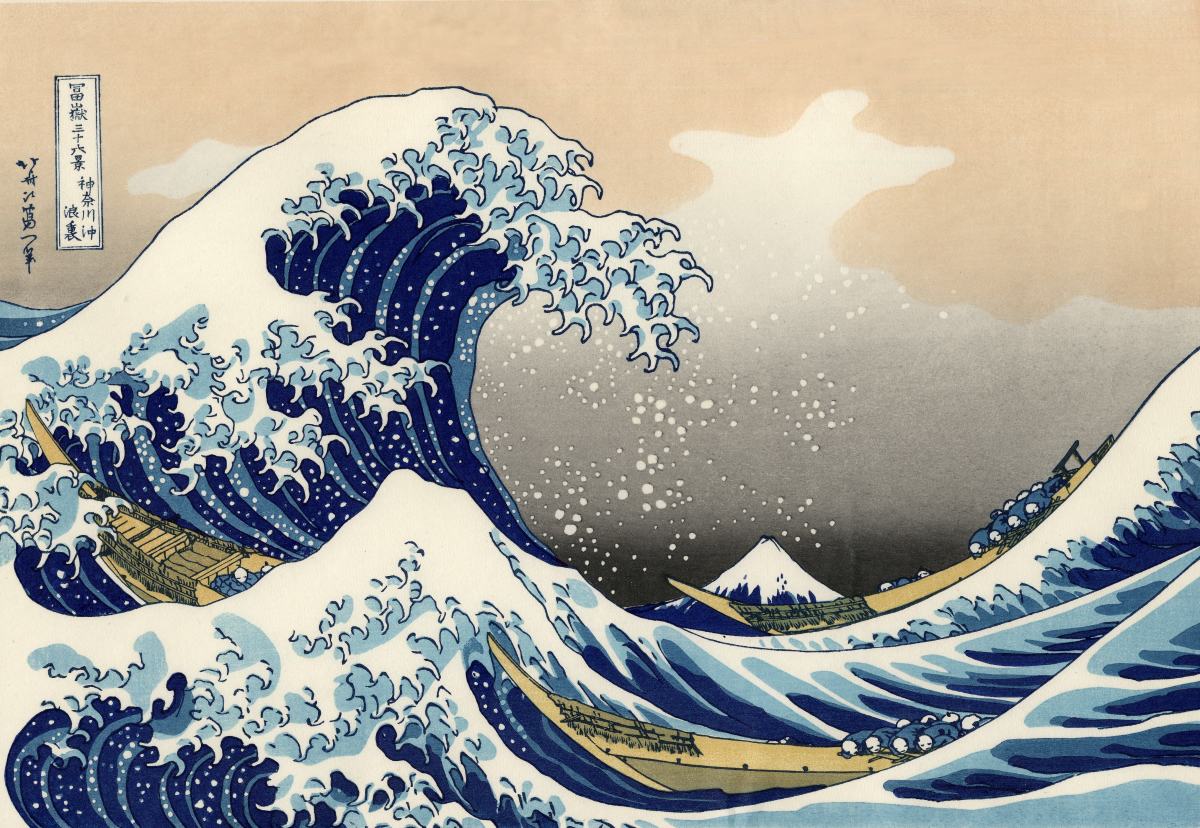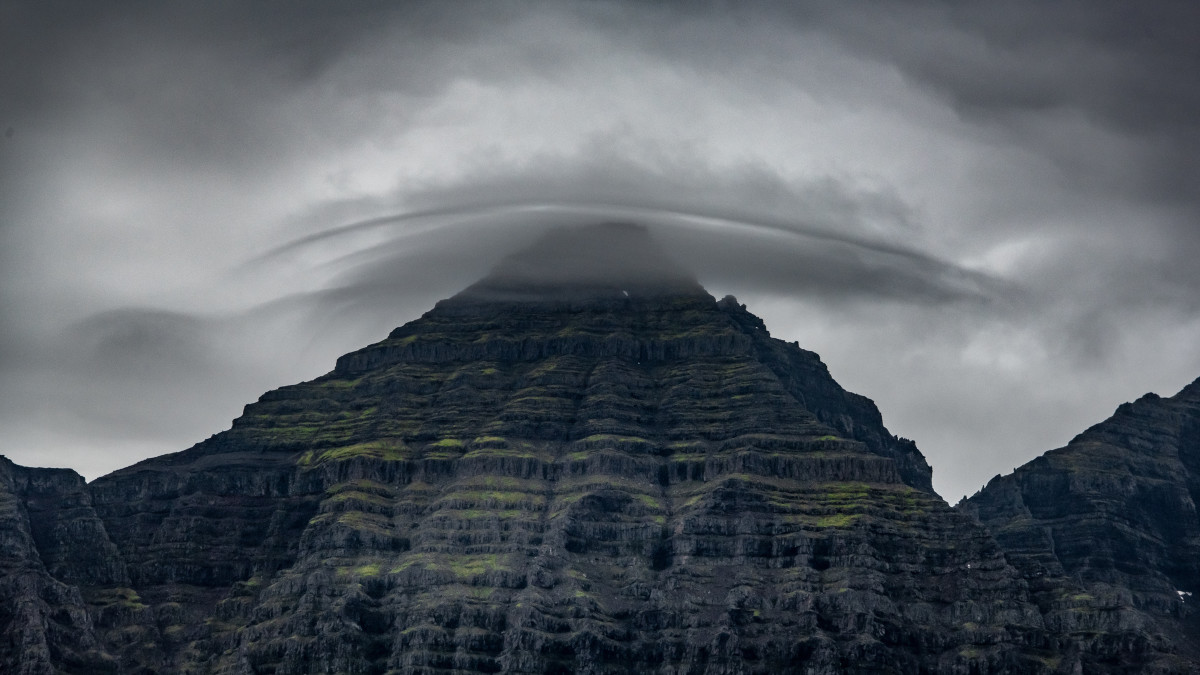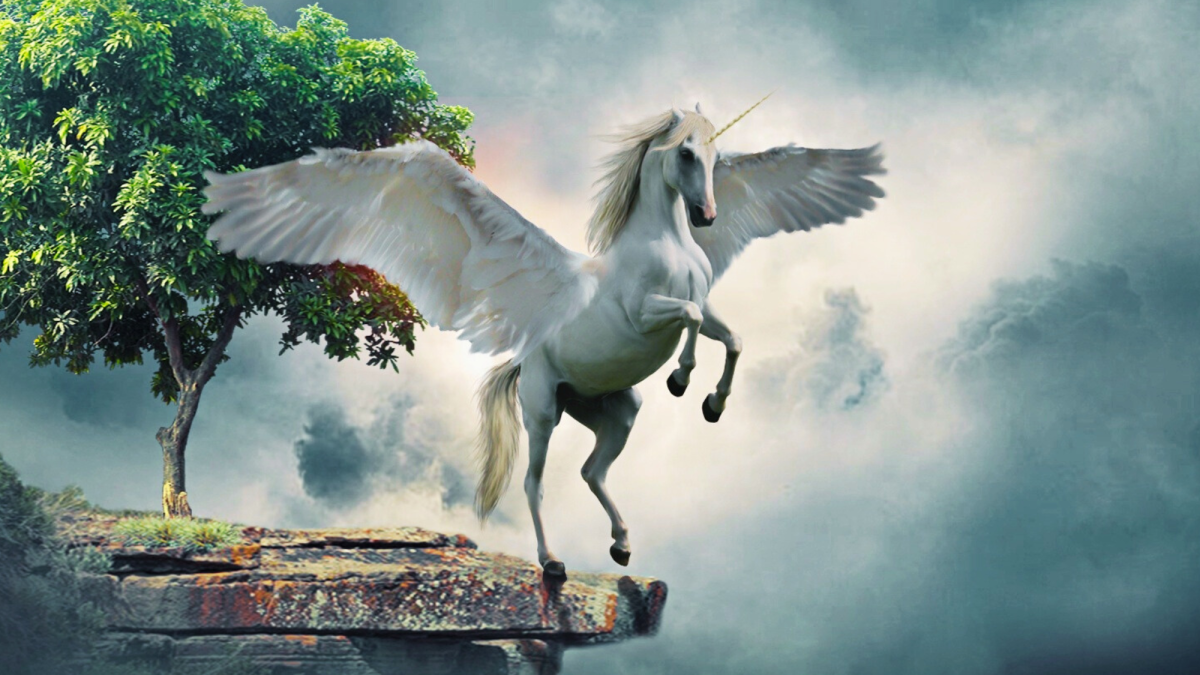- HubPages»
- Education and Science»
- Sociology & Anthropology»
- Folklore & Mythology»
- Legendary Creatures & Cryptids
Theories About Lake Champlain’s “Champ”
Lake Champlain
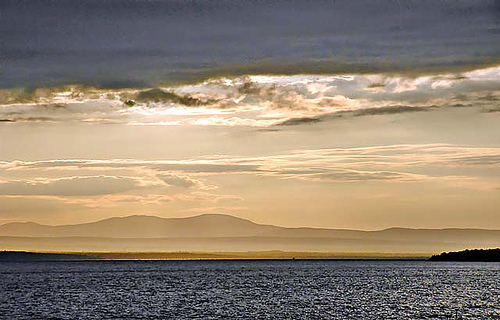
Lake Champlain is nestled between Vermont and upstate New York’s Adirondak mountains – and its most famous resident may or may not exist. That “resident” is, of course, “Champ.” This cryptid – or “undiscovered animal” – is the Northeastern United States’ answer to Scotland’s famous Loch Ness Monster, and is one of many such fabled lake monsters found around the world in northern climates. There are several theories about the lake’s “Champ.” We’ll get to them in a moment, and reveal a theory that frankly I think could explain a lot… after discussing what witnesses describe Champ as resembling.
What is Champ?
Not “what is Champ actually”? Rather, how do witnesses describe Champ? The creature has been seen for generations. Of course, witnesses differ. But there are many common features that show up time and again. The creature is described as relatively large, featuring undulating humps. It is often described as having a long neck – and, intriguingly, it is often said to have a head like a horse’s.
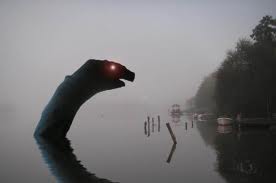
Is Champ "Real"?
First of all, there’s the “meta theory” – that there is in fact a previously-unclassified aquatic animal living in Lake Champlain. I’ll be honest here: I’m skeptical. Well, let me rephrase that. I’m always skeptical about Champ-type claims. Skepticism is healthy, and it’s really the only appropriate stance to take. But here I’ll take it one step further. I’ve the Universe was about to throw down its cards, I’d bet against the existence of a previously-undiscovered species in Lake Champlain. There are three prominent reasons for this. One, the Lake – like most of the other such lakes with rumored mysterious denizens – just isn’t that big. Two, the food source for a large unknown animal is problematic. And, three, there are a lot of other possible explanations.
But, having said that, just as skepticism cautions against getting carried away with too much enthusiasm for speculative hypotheses, its inverse suggests that it’s unwise to dismiss out of hand the possibility that people might be seeing something. And the theories are indeed tantalizing.
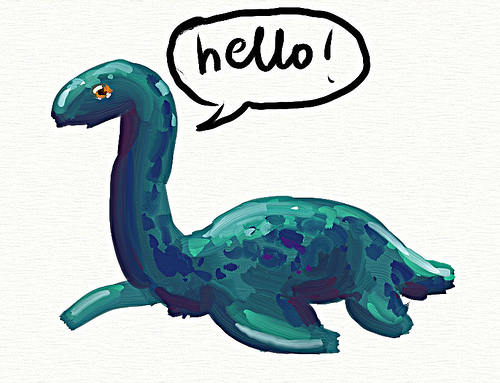
The Plesiosaur Hypothesis
Perhaps the most tantalizing hypothesis is that Champ, and its relatives across the Northern Hemisphere, is a remnant population of prehistoric plesiosaurs. These aquatic creatures were contemporaries of the land-dwelling dinosaurs. While this seems far-fetched, it is true that the plesiosaur does fit the description: humped back and, in particular, the long neck. And it is not unheard of for species thought to be long extinct to show up alive. The most famous example is the ocean-dwelling coelacanth: long thought confined to the fossil record, until living specimen of the prehistoric creature were discovered.
The Undiscovered Mammal Theory
One problem with the Plesiosaur hypothesis – other than the sheer force of Occam’s razor – is that many witnesses describe Champ as having mammalian features. And there is something intuitively appealing about the prospect of a mammal at the latitude at issue. The existence of large aquatic freshwater mammals would not be unheard of. Of course, there are countless such mammals throughout the world, including in very small bodies of water – think, for example, muskrats. But for a more tantalizing possibility, consider Russia’s Lake Baikal, with its resident population of freshwater seals. If Lake Baikal can feature a subspecies of seal, a previously-unknown water-dwelling mammal in other lakes is not unthinkable. A seal, or some derivation thereof, is a possibility. Or an unknown variety of otter, or even a small whale. The possibilities aren’t endless – but they are diverse and fascinating.
The Sturgeon Theory
If Champ is not a mammal, then the next obvious possibility is that of a fish – perhaps a previously-unknown variety. One large northern freshwater candidate is the sturgeon. This makes the possibility of a previously-undiscovered “giant sturgeon” a distinct possibility.
It is true that a fish doesn’t match many of the reported sightings. But a small school of fish could give the appearance of single creature, especially from a distance. And a line of undulating fish at the water’s surface could easily give the appearance of humps.
The Optical Illusion Theory
“Optical illusion” might be a bit strong. But people’s eyes play tricks on them – particularly when they’re looking at large bodies of water. Waves and wakes can look like something swimming in the water. Floating logs are a common explanation for lake monster sightings. All of this is exacerbated by the problem of perspective. When someone peers out into open water, there is simply nothing there to anchor visual perception. As a result, a small piece of debris might seem substantial, or vice versa. Without a frame of reference, people’s sense of proportion suffers.
My Personal Theory: Moose
One tantalizing explanation strikes me as insufficiently considered: moose. Actually, any sort of swimming deer would suffice. But moose merit specific mention because they are found in Vermont, and they are very comfortable in water. In short, it seems likely that an occasional moose goes for a swim in Lake Champlain. And what would a swimming moose look like? A large mammal, with a pronounced hump, a discernible neck, and horse-like head. Frankly, the description is almost spot-on.
On top of that, it seems entirely possible that the other lake monsters at similar latitudes can also be explained by large deer, which are almost always found at the latitudes in question.
I’m not thrilled with this theory – because I’d rather the truth were more exciting. Of course, it may well be. What’s fun for all of us is that the mystery of Champ – and its counterparts elsewhere – will only be resolved by the discovery of a previously-unknown animal that explains everything that everyone has seen through the years. You can’t prove a negative, so anything short of such a discovery will allow us to keep theorizing while we watch the water.



